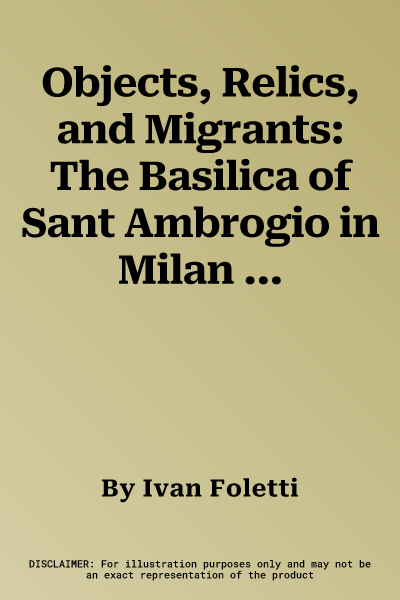Ivan Foletti
(Author)Objects, Relics, and Migrants: The Basilica of Sant Ambrogio in Milan and the Cult of Its Saints (386-972)Paperback, 1 February 2020

Qty
1
Turbo
Ships in 2 - 3 days
In Stock
Free Delivery
Cash on Delivery
15 Days
Free Returns
Secure Checkout

Part of Series
In Between. Images, Words and Objects
Print Length
250 pages
Language
English
Publisher
Viella Editrice
Date Published
1 Feb 2020
ISBN-10
8867289500
ISBN-13
9788867289509
Description
Product Details
Author:
Book Format:
Paperback
Country of Origin:
US
Date Published:
1 February 2020
Genre:
Medieval (500-1453) Studies
ISBN-10:
8867289500
ISBN-13:
9788867289509
Language:
English
Location:
Rome
Pages:
250
Publisher:
Weight:
1029.65 gm